An island of her Of Micronesia, almost halfway between Hawaii and Australia, should normally be an earthly paradise.
That's how nature made it at least.
Only its inhabitants were forcibly relocated in 1946 to officially begin a new era for humanity.
Nuclear era was called and indeed for the next 12 years the Americans, who took possession of the island after World War II, would test there no less than 23 atomic bombs.
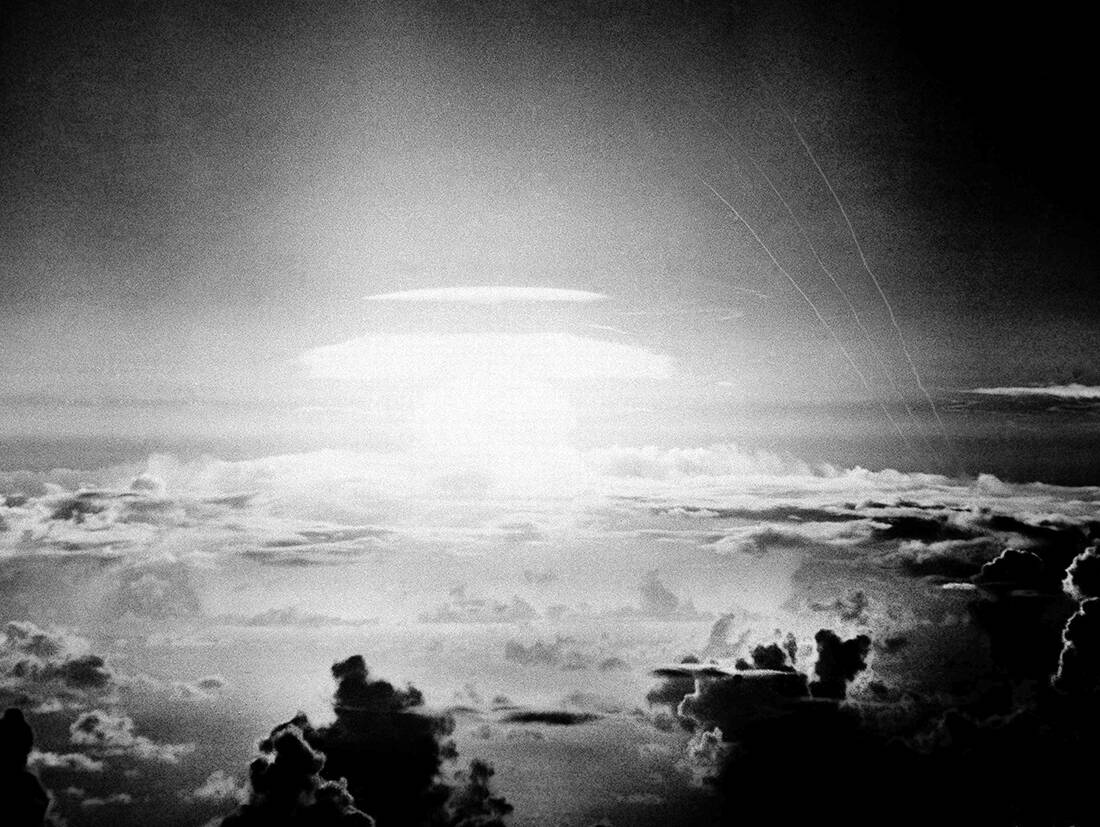
At some point, however, they stopped the incalculable ecological disaster and nature did what it knows how to do: it tried to heal the wounds.
The coral island today looks pristine and beautiful from above. THE vegetation has returned to its formerly burned body and some remnants of human civilization remain visible.
You may believe that someone still lives here. Even the corals have returned, making the crystalline lagoon pulsate with life.
Only Bikini, as this Marshall Islands atoll is known, which consists of 23 islands, 23 landmarks and marked islands, has a lot to say about its troubles. But also his present.
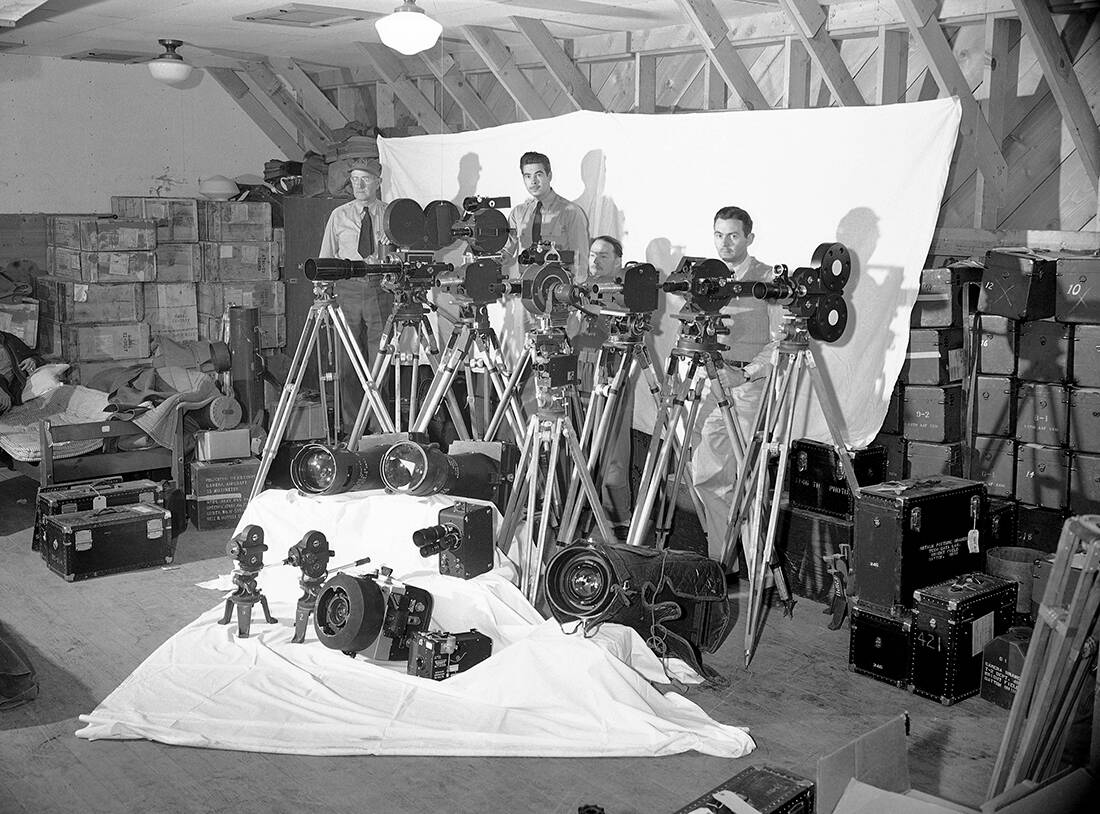
Today, scientists tell us that Bikini is safe. But they said the same thing in 1968, when they rushed to return the displaced inhabitants to their home island. The results were at least tragic.
And tragically everything remains here. And historically of course. In the first test of the hydrogen bomb in 1954, 23 Japanese fishermen were infected by radioactivity, despite the fact that their ship was at a "safe distance".
You know their story, even if you have never heard it. The radioactive monster that was born from American experiments and attacked Japan was also called Godzilla...
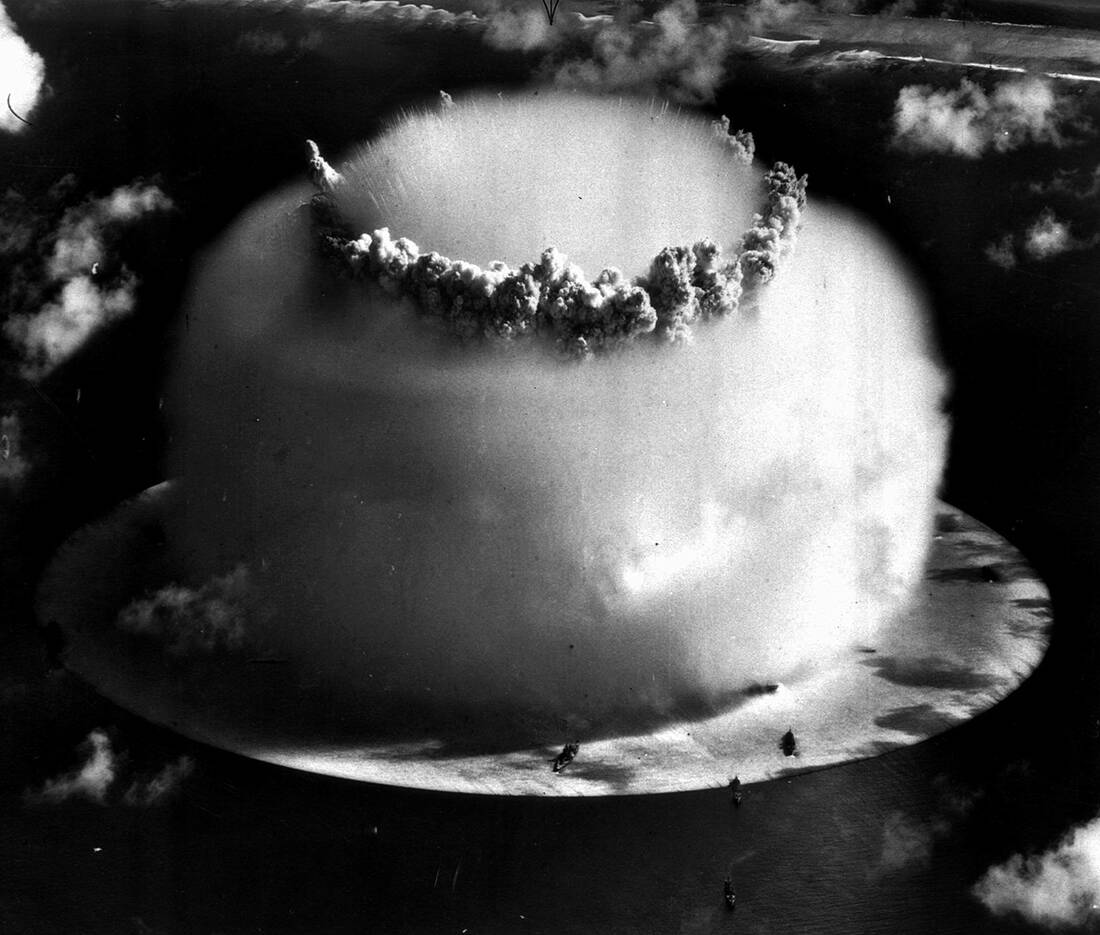
Bikini Atoll, this beautiful bouquet of 23 coral islands with white sand and palm trees that seem to float in the blue-green lagoon, is one of nature's paradoxes.
That is how this coral cluster in the middle managed to do it Pacific to endure 23 nuclear tests in the 1940s and 1950s and regain all, half a century later, all the tropical beauty of the world?
Beneath the tropical vegetation, however, lies a story of pain and calamity. It all started in December 1945, when President Harry Truman ordered the Army and Navy to begin experiments to "determine the impact of the atomic bomb on American warships," according to the directive.
The atoll seemed ideal. It was far from everything, it had nothing to do with the sea and air routes and no one would be bothered by what would happen there. Except maybe 167 locals.
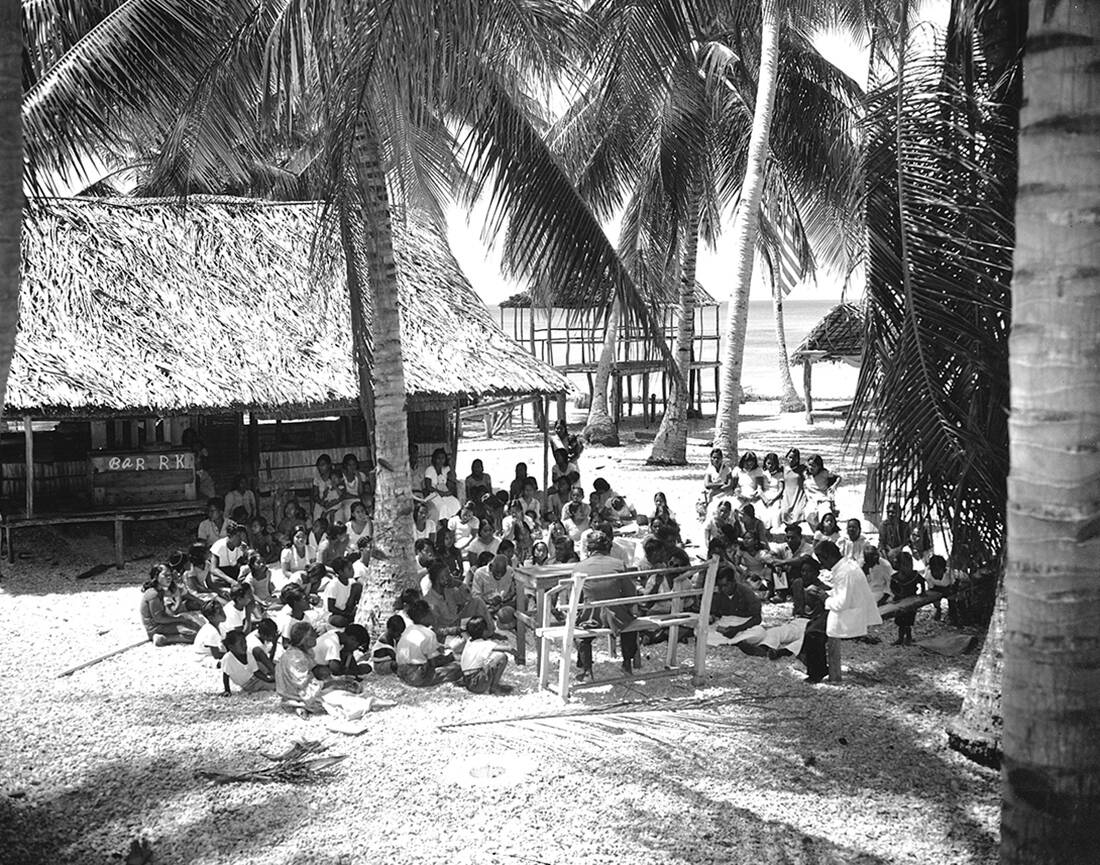
They were met by Marshall Islands Governor Captain Ben Wyatt, who told them to leave their homes temporarily so that Americans could fly nuclear weapons "for the good of humanity, so that all world wars could end," he said. characteristics.
While the locals were gathering their belongings, the preparations for "Operation Crossroads" caught fire: 242 ships, 156 planes, 25.000 measuring instruments radioactivity and over 42.000 Americans would take part in the tests…
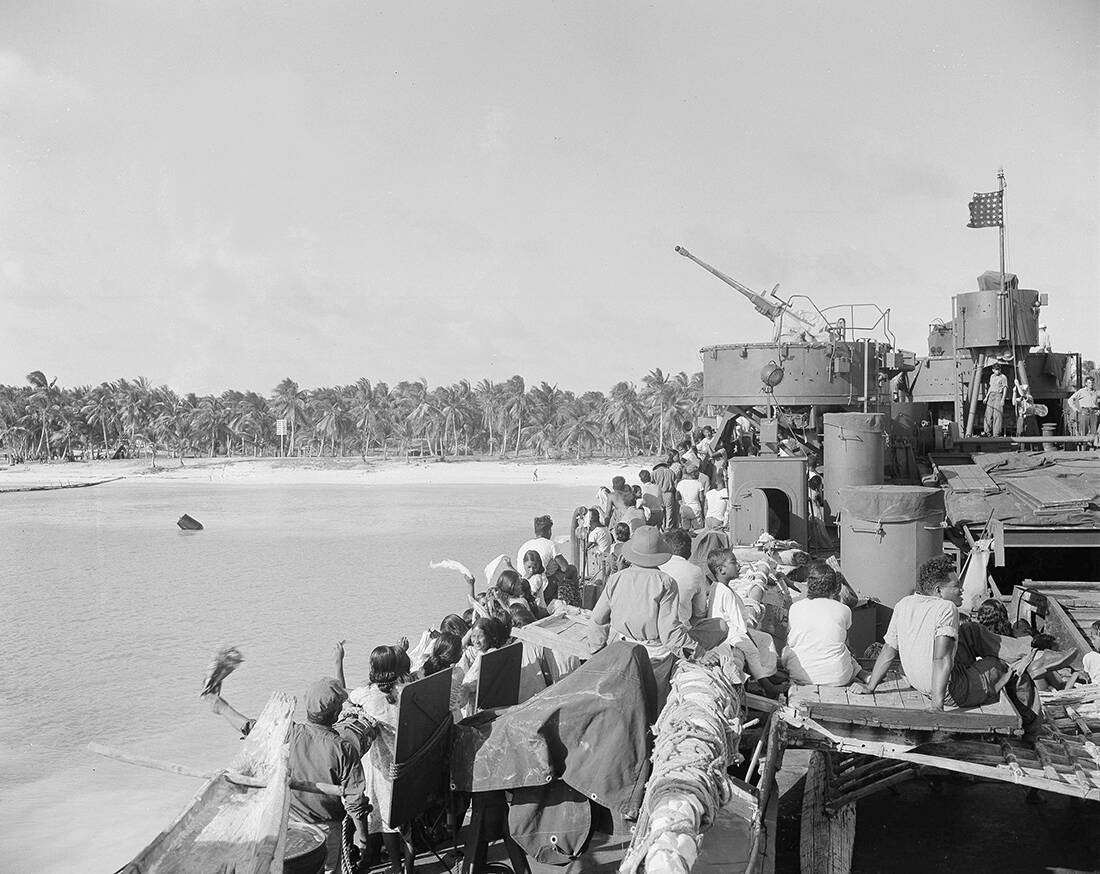
In March 1946, the inhabitants of Bikini were sent some 200 kilometers east, to an uninhabited island in the area (Rongerik Atoll). They left them food for a few weeks. But this atoll was not like the fertile Bikini and the inhabitants began to starve.
Two years later, in March 1948, they were transferred to another island (Kwajalein Atoll) and six months later to a third, Kili, where they starved again. The Americans were now busy with him Cold War to deal with the 184 nominees from Bikini.
Between 1946-1958, 23 nuclear bomb tests took place. The total number of radioactive tests reached 67. Some of them had an impact on geophysics and the environment more than 7.000 times more than the impact of atomic Hiroshima.
Despite their chronic protests, we will hear from the locals again in 1967, when the US considered their return safe. In June 1968, President Lyndon Johnson promised the 540 Bikini residents that they could return home.
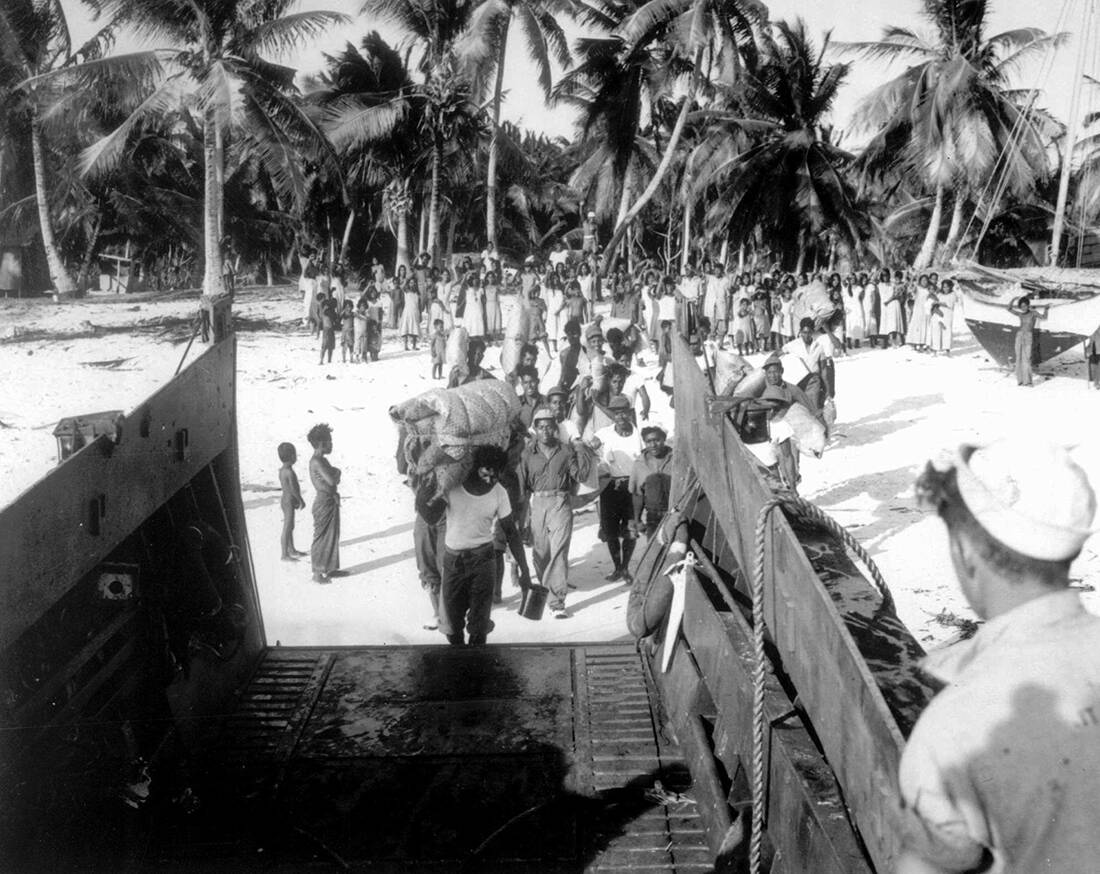
And indeed 150 of them returned in the early 1970s. And they better not have done so. In September 1977 an American research mission landed on the island to assess the health status of the locals. And they were disgusted by the findings.
In their bodies they had high concentrations of cesium 137, the fissile isotope left behind by nuclear weapons. The US State Department report described the levels of the radioactive isotope in the local body as "unbelievable".
Bikini was to be evacuated a second time, in 1978. Marshall-scattered residents have since called on the US government to clean up their island so they can return.
The $ 200 million they have raised from donations and compensation from the US Government (125 million) is not enough for the complete radioactive cleaning of lagoon...
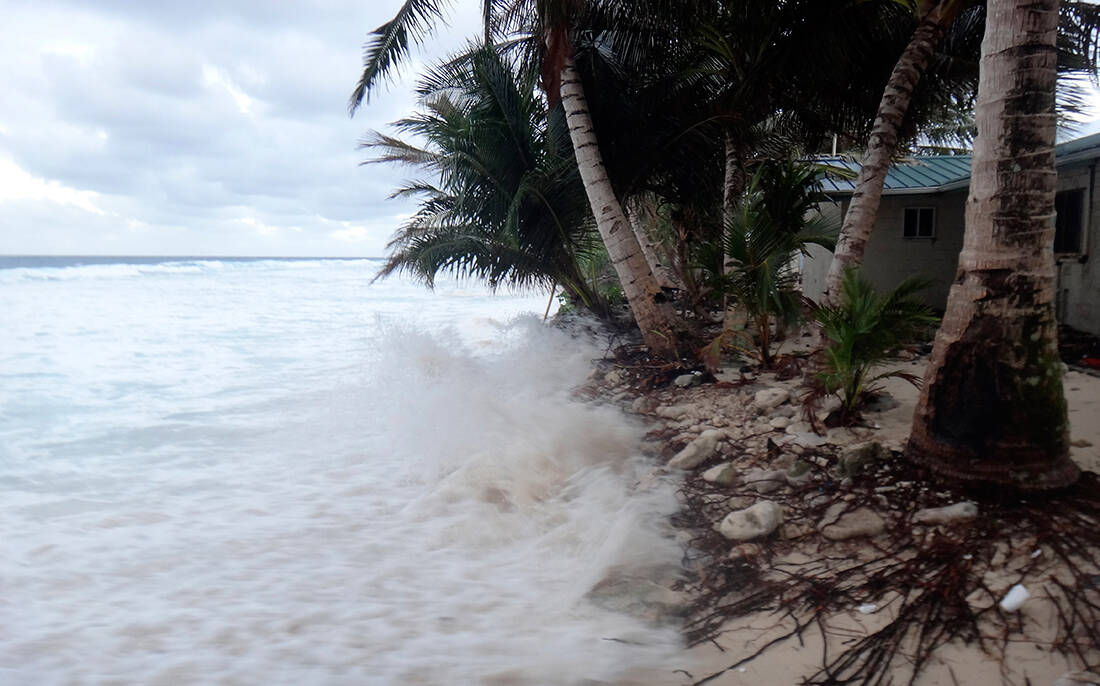
Since the beginning of the 1990s, the American state has declared Bikini "safe". You are not in danger if you decide to live on the tropical island, they said, it is enough not to eat coconuts. Fish, the US Atomic Energy Commission tells us, is safe to eat. Safe for a long time. Only plant products have a problem.
And this is the main reason why the residents do not return. They fear that their children will not understand or respect the prohibitions. After all, how can you tell a child not to taste a delicious and ripe fruit from the tree? Or not to drink the juice of a delicious coconut?
When the America gave OK there in the early 90s, Bikini was suddenly a pristine place, completely open to tourism. Amateur divers and diving enthusiasts have also been interested for decades in seeing all these shipwrecks left behind by nuclear tests. Now they also had an untouched marine ecosystem to admire.
And so in June 1996 the government of the Republic of the Marshall Islands gave the green light to begin the commercial diving exploitation of Bikini. The following year, the United States again declared the area "safe." It is enough not to eat fruit, always.
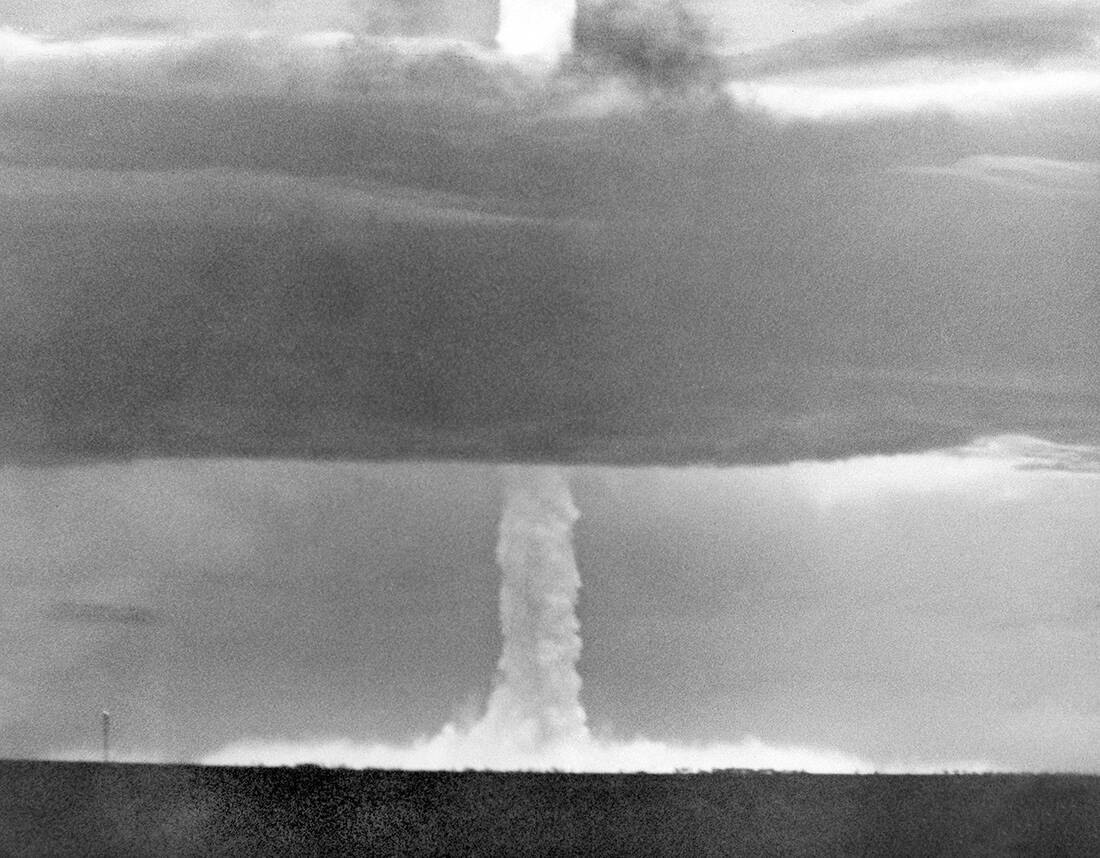
The tourism company, however, made a fortune, raising more than $ 500.000 in its first season. Money that went - and still goes - to the trust for the return of the islanders.
To further support diving tourism, Bikini also acquired… resort. A series of air-conditioned rooms with bathroom, ie for tourists to stay. The food on offer, however, was always imported. Even fresh fish did not come from the lagoon's abundant life.
However, the land exploitation program stopped in 2008 and organized diving explorations are now provided only to customers who arrive here on their own boats. To get permission from the authorities, you must show that you are fully self-sufficient for the number of days you remain in the lagoon.
You also have to pay the guide-diver, but also two Marshall officials, who will confirm that you did not take any of the shipwrecks and the rich history of the area with you.
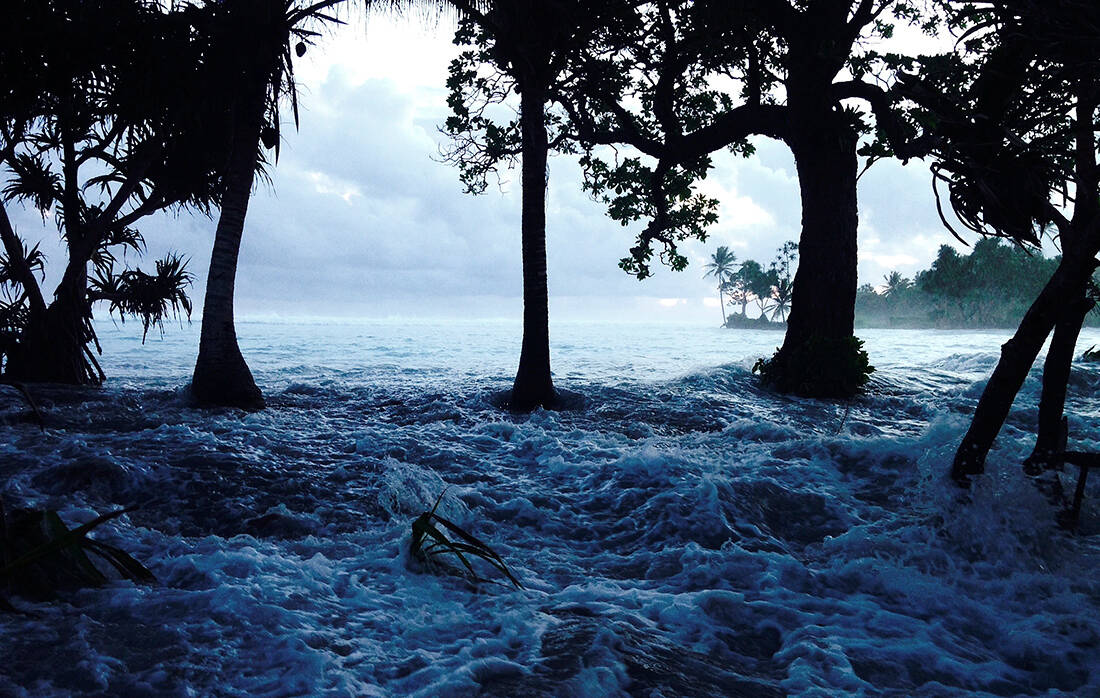
A new company is operating commercially in recent years, offering in addition to diving, nuclear history lessons, guided tours of the island and walks in the lagoon with its own means. It serves only 11 customers a week, so no one can talk about mass tourism.
Less than 300 people get here every year and the majority are experienced divers. After all, Bikini's approach is a feat in itself. For most people on Earth, you need to go through many islands to reach the atoll. And a 27 hour boat trip at last.
An independent study in 2016 also found that gamma radiation levels were well above the human permissible level. The UN spoke of an "almost irreversible ecological disaster" at the time, essentially undermining Tourism Development of the area.
However, as the lagoon remained untouched for so many decades, it contains unusually high numbers of marine life. The new bosses of the atoll are the sharks. And with visibility in these crystal clear waters that reach a depth of 30 meters, all you see are sharks.
As long as the inhabitants do not return to their ancestral lands, the custodians of Bikini remain the sharks…
